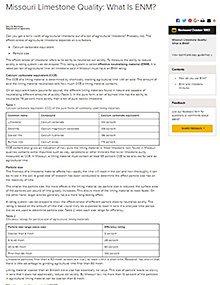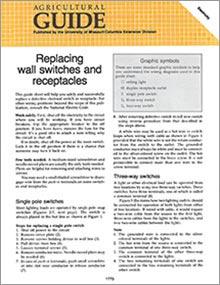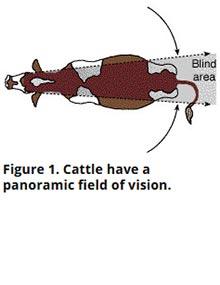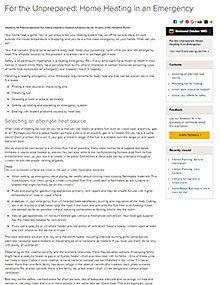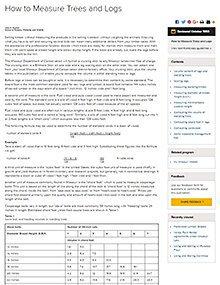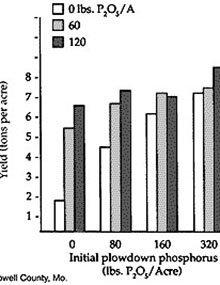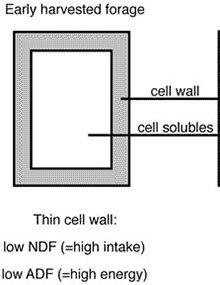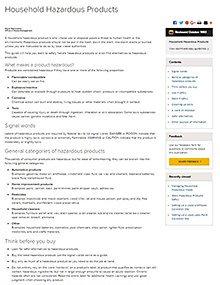Missouri Limestone Quality: What Is ENM?
Reviewed
Can you get a ton's worth of agricultural limestone out of a ton of agricultural limestone? Probably not. The effectiveness of agricultural limestone depends on two factors:
Using Performance Data in Judging Classes: BIF Fact Sheet
Reviewed
Judging contests are an important educational tool. Someday young cattle producers will be faced with selection decisions that affect the profitability of their operations. This guide can be used to train youth interested in modern beef selection practices.1
Alfalfa
Reviewed
Alfalfa is the most productive legume for Missouri. Visit our website today to learn more about Alfalfa.
Replacing Wall Switches and Receptacles
Reviewed
Editor’s note
The PDF version of this publication includes illustrations.
Feeds for Light Horses
Reviewed
Feed ingredients needed for horses are carbohydrates, fats, protein, minerals, vitamins and water. Carbs, fats and proteins can yield energy. Grains and roughages, including pasture, are major sources of energy and protein. Learn more in this guide.

Beef Carcass Grading and Evaluation
Reviewed
Animal Handling Safety Considerations
Reviewed
Yet animal-related accidents cause numerous deaths and serious injuries each year. Removing hazards brings you one step closer to a safe work environment.
For the Unprepared: Home Heating in an Emergency
Reviewed
Your home heat is gone. You've just discovered your heating system may be off for several days. It's cold outside; the inside temperature is dropping, and you have a first class emergency on your hands. What can you do?

A System for Pond Water Purification
Reviewed
Nitrate and Water
Reviewed
How to Measure Trees and Logs
Reviewed
Selling timber without measuring the products is like selling livestock without weighing the animals. Visit our site to learn how to measure trees and logs.
Shared Housing
Reviewed
A 70-year-old widow lives alone. She finds that her house is difficult to maintain, and she worries about having someone close by in case she falls. An 85-year-old woman is living in an unlicensed boarding home. She wants to move because she is expected to remain in her small room most of the day.

Choosing Terrace Systems
Reviewed
Terraces are one way to control soil erosion. Visit our site to learn about Choosing Terrace Systems.
Phosphorus in Missouri Soils
Revised
In Missouri, soils generally contain from 800 to 2,000 pounds of total phosphorus (P) per acre. Most of the phosphorus is fixed, that is, not available for use by plants.
Using NDF and ADF to Balance Diets
Reviewed
Using NDF and ADF to Balance Diets can help improve animal performance. Visit our website today to learn more.
Making and Storing Quality Hay
Reviewed
Properly making and storing hay and greatly reduce dry matter loses. Visit our site to learn about Making and Storing Quality Hay.
The Planning Process and People
Reviewed
Household Hazardous Products
Reviewed
A household hazardous product is one whose use or disposal poses a threat to human health or the environment. Hazardous products should not be put in the trash, down the drain, into storm drains or burned unless you are instructed to do so by local waste authorities.
Canola: A Promising Oilseed
Reviewed
Maintaining Grassed Waterways
Reviewed
Whole Soybeans for Dairy Cattle
Reviewed
Whole soybeans (WSB) can be used in dairy cow rations; they are palatable and have excellent feed value. WSB have lower protein content than soybean meal, but because of higher fat, have higher net energy content (Table 1).
